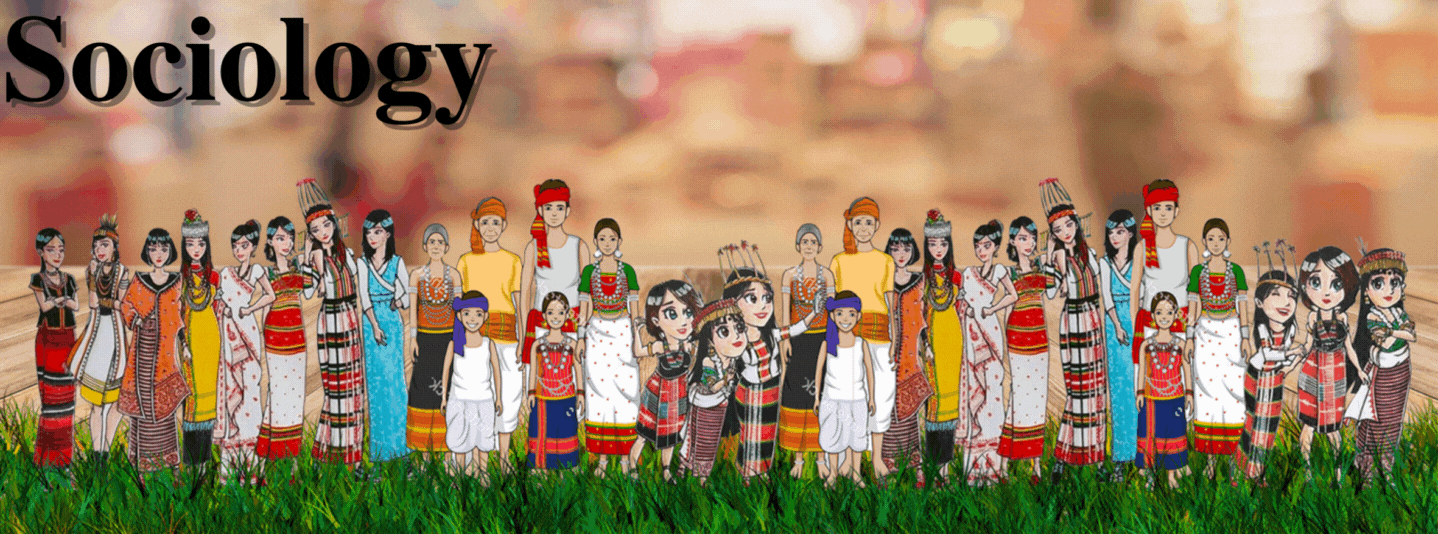Introduction
The caregiving landscape for aged persons has undergone significant transformations in recent decades, reflecting broader societal, economic, and cultural changes. Traditionally, care for the elderly was a family-centric responsibility deeply rooted in cultural norms and intergenerational solidarity. However, as highlighted in the United Nations document “Changing Needs of Old People in India” (March 2021), the dynamics of caregiving for aged persons are evolving due to factors such as urbanization, demographic shifts, economic pressures, and changing family structures. These changes have reshaped how societies approach older adults' care, introducing opportunities and challenges that demand innovative solutions and policy interventions.
1. The Meaning of Caregiving for Aged Persons
Caregiving for older adults involves providing physical, emotional, and financial support to individuals who can no longer function independently due to age-related conditions like chronic illness, disability, or cognitive decline. This role encompasses daily tasks (e.g., bathing, medication management), emotional companionship, and advocacy for healthcare needs (World Health Organization [WHO], 2022).
2. Historical Context: Traditional Family-Centric Models
In cultures like India, caregiving was historically a familial obligation, with multigenerational households ensuring elders’ well-being. This system sustained cultural values such as filial piety and intergenerational solidarity (Datta & Sahu, 2019). However, urbanization and nuclear family trends have eroded these norms, isolating many older adults (United Nations, 2021).
3. Demographic Shifts: Aging Populations and Chronic Care Needs
Global life expectancy has risen, with 1 in 6 people projected to be over 65 by 2050 (WHO, 2022). Older adults increasingly live with chronic conditions like dementia, demanding specialized long-term care. Low-income countries face acute shortages of geriatric healthcare infrastructure, exacerbating reliance on strained family networks (HelpAge International, 2020).
4. Economic Pressures and the Rise of Professional Caregiving
Dual-income households and rising living costs reduce family availability for unpaid care. Only 5% of elders in India can afford professional care services, forcing many into neglect (National Programme for Health Care of the Elderly [NPHCE], 2021). Community-based programs, like day-care centres, aim to bridge gaps but remain underfunded (Rao et al., 2020).
5. Changing Gender Roles: Women’s Workforce Participation
Women, traditionally primary caregivers, now face role conflicts as they pursue careers. In India, 72% of female caregivers report career sacrifices, highlighting the need for workplace policies like paid leave and flexible hours (Mehta & Gupta, 2022). Shared caregiving responsibilities among family members are becoming essential (Kumar & Chakrabarti, 2019).
6. Technological Innovations in Elder Care
Telemedicine and wearable devices (e.g., fall detectors and vital sign monitors) enable remote caregiving, reducing dependency on physical presence. However, rural areas lag due to poor digital literacy and infrastructure; only 15% of Indian elders use such tools (Patel et al., 2023). Video calls mitigate loneliness but cannot replace in-person interaction (Smith et al., 2021).
7. Emotional and Social Needs: Combating Isolation
Loneliness affects 30% of elders globally, correlating with depression and cognitive decline (WHO, 2022). Community initiatives, such as intergenerational programs and senior clubs, foster social bonds. For example, Singapore’s “Adopt-a-Grandparent” scheme pairs youth with isolated elders, improving mental well-being (Tan & Ng, 2020).
8. Family Caregiver Health and Well-being
Primary caregivers face elevated risks of chronic stress (40%), anxiety (35%), and burnout (28%) due to unrelenting responsibilities (National Alliance for Caregiving [NAC], 2022). Respite care and counselling are critical yet underutilized; only 12% of Indian caregivers access such services (NPHCE, 2021).
9. Policy Interventions: Case Studies and Gaps
India’s National Programme for Health Care of the Elderly (NPHCE) provides subsidized geriatric care but lacks rural penetration. In contrast, Japan’s Long-Term Care Insurance System offers universal coverage, reducing family burden (Yamamoto, 2022). Globally, only 20% of countries have comprehensive eldercare policies (WHO, 2022).
10. Strengthening Family Caregiver Networks
Shared caregiving among siblings and extended family reduces individual strain. A study found that 68% of Indian families with collaborative caregiving report better elder well-being (Sharma & Verma, 2021). Emotional support from spouses and children also buffers caregiver stress (NAC, 2022).
Conclusion
The evolving caregiving paradigm for elderly people demands a multifaceted approach: bolstering healthcare infrastructure, leveraging technology, and enacting caregiver-friendly policies. While traditional family roles remain vital, systemic support—such as paid leave, community programs, and geriatric training for healthcare workers—is essential to ensure dignified aging. Societies must prioritize intergenerational solidarity, recognizing caregiving as a collective responsibility rather than a familial burden.
References
Datta, A., & Sahu, S. (2019). Elder care in India: Sociocultural challenges and solutions. Journal of Aging Studies, 48, 1–8. https://doi.org/10.1016/j.jaging.2019.03.002
HelpAge International. (2020). Global AgeWatch Index 2020: Insight report. https://www.helpage.org
Kumar, S., & Chakrabarti, S. (2019). Gender disparities in elder care: Evidence from India. Journal of Cross-Cultural Gerontology, 34(3), 291–307. https://doi.org/10.1007/s10823-019-09376-6
Mehta, P., & Gupta, R. (2022). Women caregivers in India: Sacrifices and solutions. Indian Journal of Gerontology, 36(1), 45–58.
National Alliance for Caregiving (NAC). (2022). Caregiving in the U.S.: A focused look at older adult caregivers. https://www.caregiving.org
National Programme for Health Care of the Elderly (NPHCE). (2021). Annual report 2020–2021. Ministry of Health and Family Welfare, India.
Patel, V., Desai, R., & Joshi, S. (2023). Digital health interventions for elderly care in rural India. Journal of Medical Internet Research, 25(4), e40123. https://doi.org/10.2196/40123
Rao, K., Singh, A., & Mishra, N. (2020). Community-based elder care in India: Challenges and opportunities. Health Policy and Planning, 35(8), 987–995. https://doi.org/10.1093/heapol/czaa045
Sharma, M., & Verma, P. (2021). Family networks and elder well-being: A study from North India. Ageing International, 46(2), 234–250. https://doi.org/10.1007/s12126-020-09413-7
Smith, J., Brown, T., & Lee, C. (2021). Telemedicine and aging: Bridging the emotional gap. Gerontologist, 61(3), 321–330. https://doi.org/10.1093/geront/gnaa165
Tan, L., & Ng, W. (2020). Intergenerational programs in Singapore: Outcomes and lessons. Journal of Intergenerational Relationships, 18(4), 412–428. https://doi.org/10.1080/15350770.2020.1803567
United Nations. (2021). Changing needs of old people in India. UN Department of Economic and Social Affairs.
World Health Organization (WHO). (2022). Aging and health: Key facts. https://www.who.int
Yamamoto, N. (2022). Japan’s long-term care insurance system: A model for Asia. Asian Social Work and Policy Review, 16(1), 22–35. https://doi.org/10.1111/aswp.12245

Post a Comment